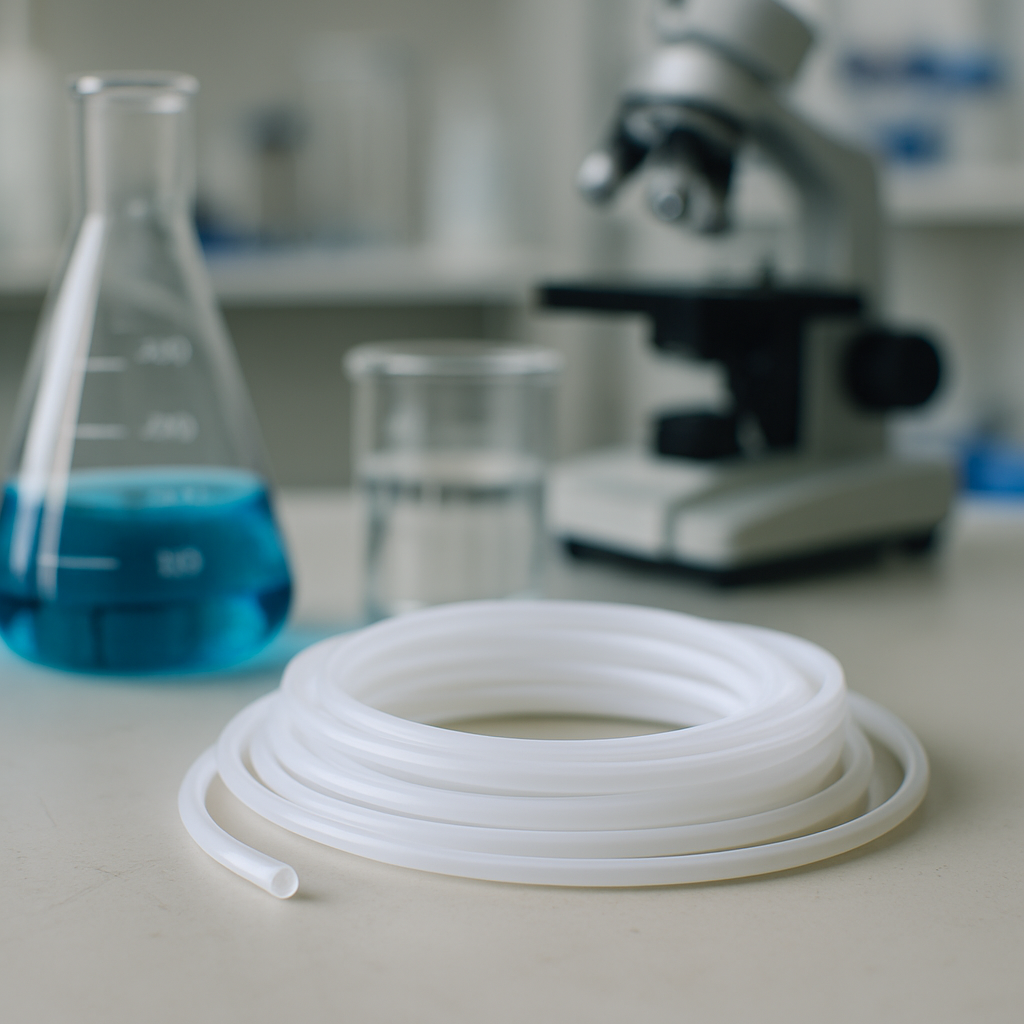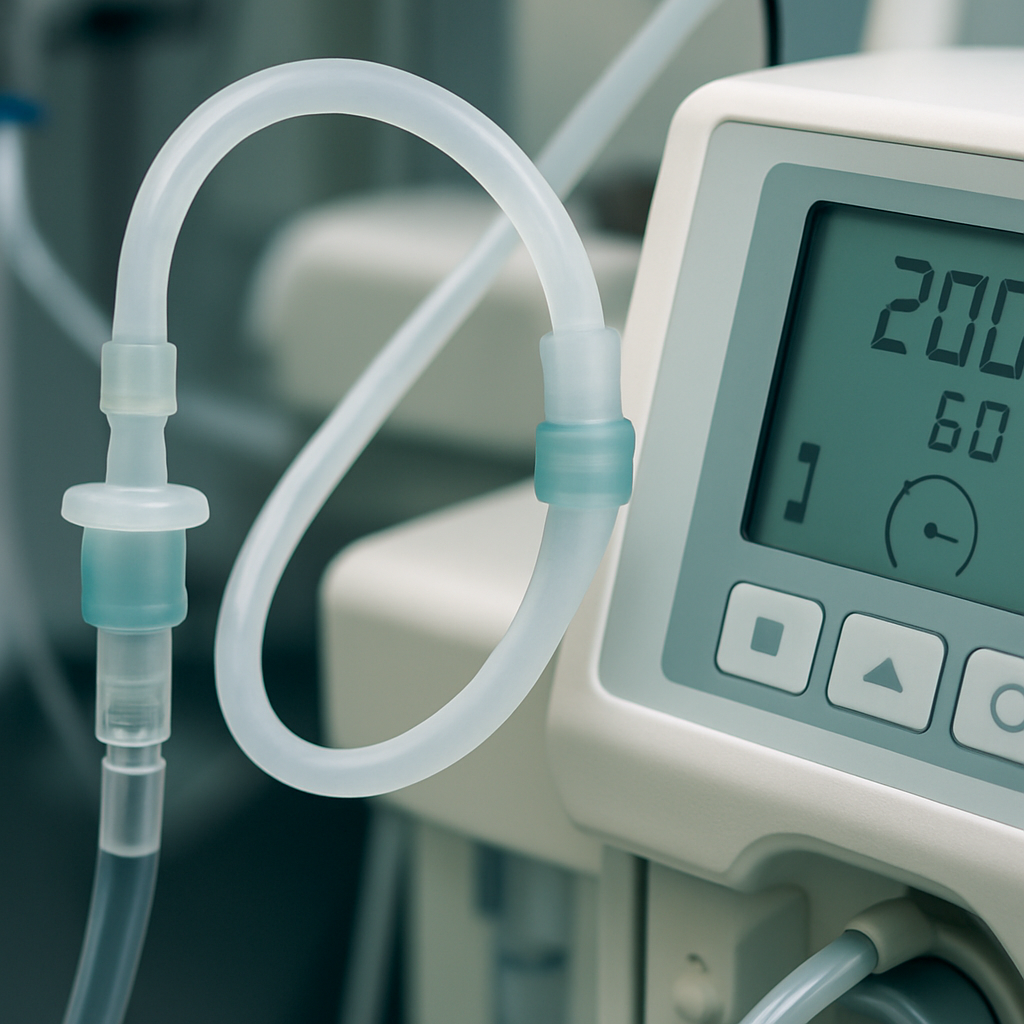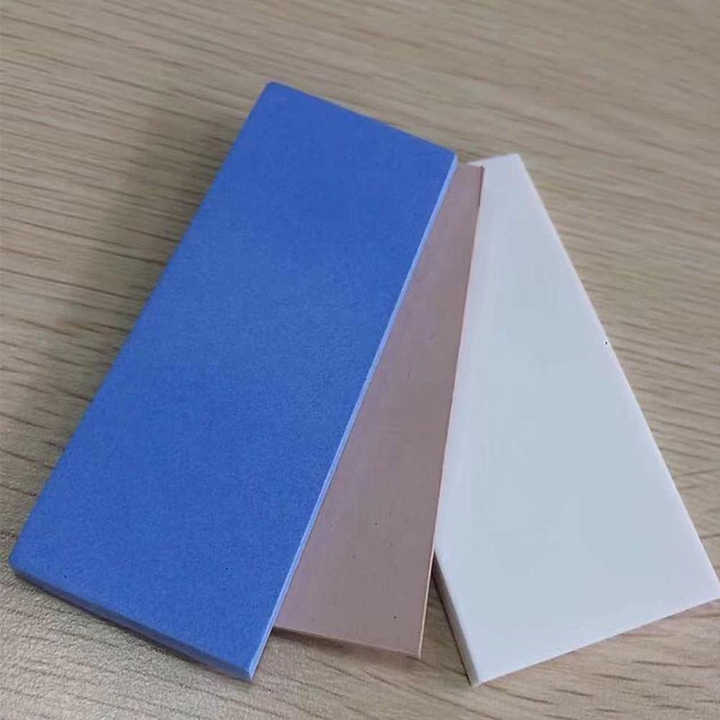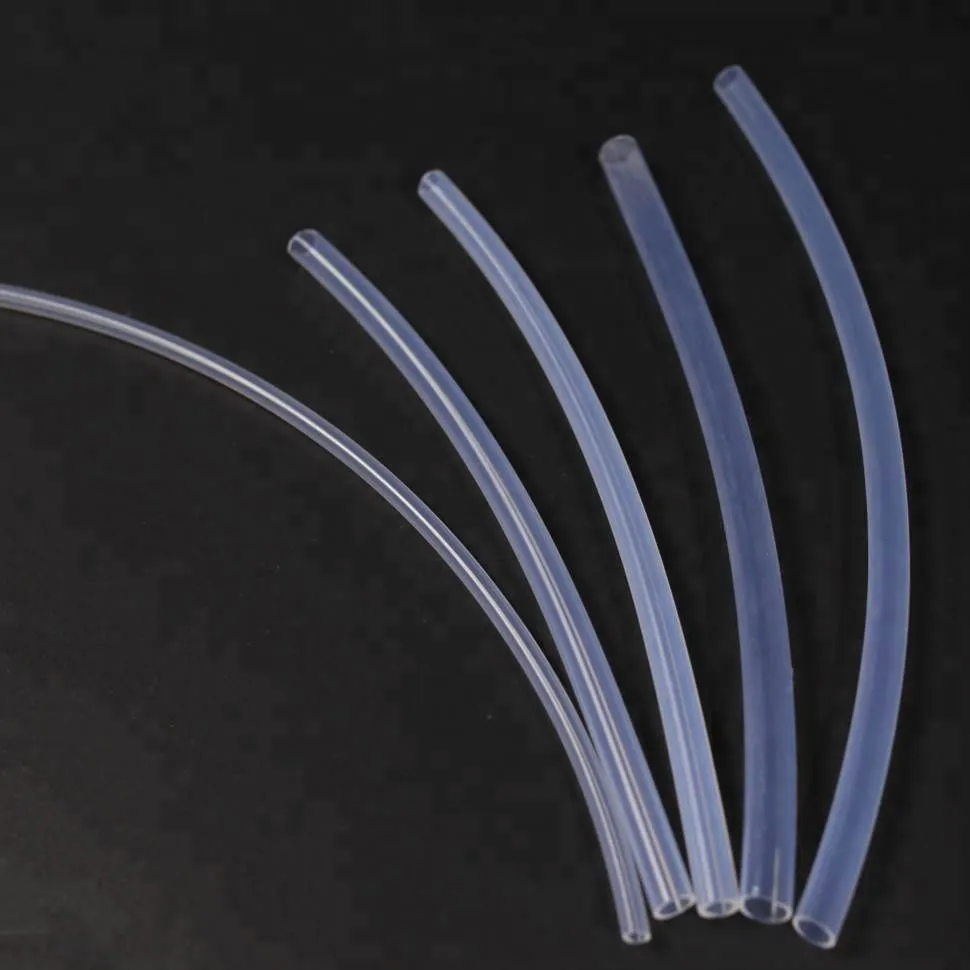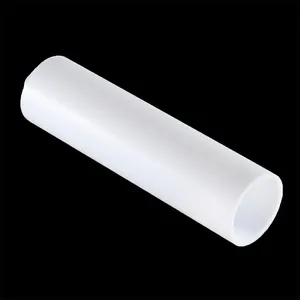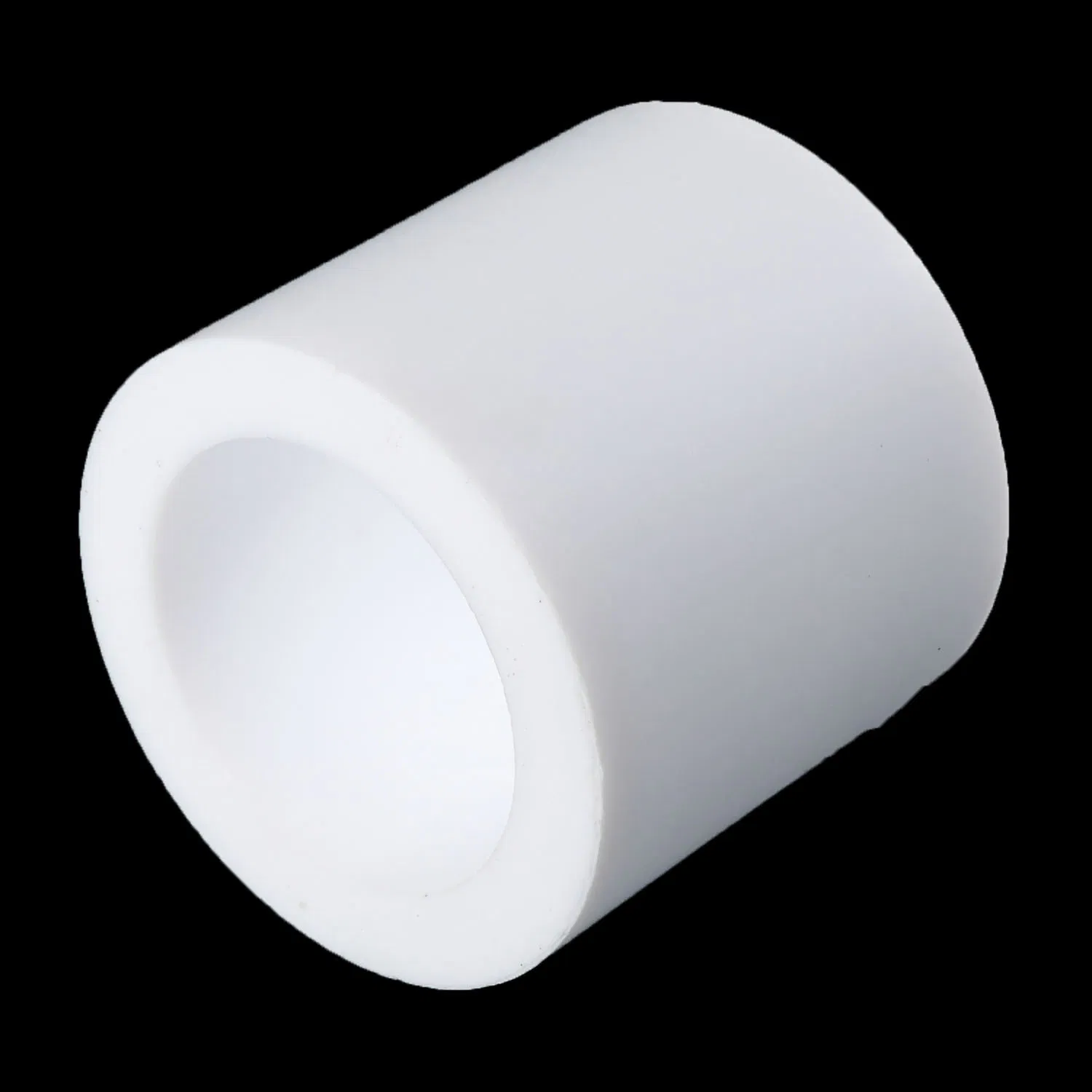Medical PTFE thin-walled tubes are revolutionizing the healthcare industry with their unique properties and versatile applications. Known for their strength, flexibility, and biocompatibility, these tubes are becoming indispensable in medical procedures and devices. Here, we explore the key advantages of using PTFE tubing in medical settings.
One of the standout features of PTFE (polytetrafluoroethylene) tubing is its exceptional resistance to chemicals. This property makes it ideal for use in environments where exposure to harsh substances is common. Medical PTFE thin-walled tubes can withstand a wide range of chemicals, ensuring that they do not degrade or react unfavorably during medical procedures. This resistance ensures reliability and safety, two critical factors in medical applications.
High Thermal Stability
PTFE tubing maintains its integrity across a broad temperature range. This characteristic is crucial in medical settings where both hot and cold temperatures are frequently encountered. Whether used in cryogenic processes or heat-intensive sterilization methods, medical PTFE thin-walled tubes remain stable, ensuring the consistent delivery of medical solutions without compromising the tube’s structure.
Superior Flexibility and Strength
The flexibility of PTFE tubes allows them to be easily maneuvered into complex shapes and tight spaces, which is particularly beneficial in intricate medical devices. Despite being thin-walled, these tubes possess remarkable strength, resisting kinks and punctures that could otherwise disrupt medical procedures. This flexibility, combined with strength, ensures that PTFE tubing can accommodate the dynamic demands of the medical field.
Excellent Biocompatibility
Biocompatibility is a non-negotiable aspect of medical materials. PTFE tubing is renowned for being inert and non-toxic, making it suitable for direct contact with bodily fluids and tissues. This property minimizes the risk of adverse reactions, making PTFE tubes a preferred choice for applications involving long-term implantation or fluid transfer.
Low Friction Surface
The low-friction surface of PTFE tubing is another asset in medical applications. This feature allows for the smooth passage of fluids and reduces the risk of clogging, which can be critical in applications such as catheters and other fluid delivery systems. The smooth surface also facilitates easy cleaning and sterilization, maintaining hygiene standards crucial in medical environments.
Versatile Applications
Given its array of advantageous properties, medical PTFE thin-walled tubing finds use in a multitude of applications. From catheters and endoscopes to surgical instruments and fluid transfer devices, PTFE tubing is an integral part of modern medical technology. Its versatility ensures that it can meet the specific needs of various medical disciplines.
In summary, the advantages of medical PTFE thin-walled tubes are numerous, making them a vital component in healthcare technology. Their chemical resistance, thermal stability, flexibility, strength, biocompatibility, and low-friction surface contribute to their widespread use and effectiveness in medical applications. As technology advances, the role of PTFE tubing in enhancing medical devices and procedures will undoubtedly continue to grow.

